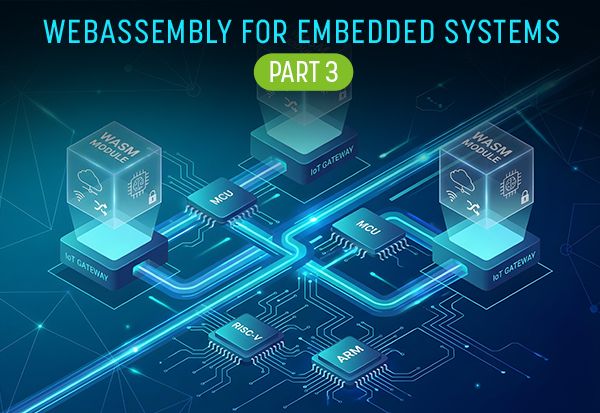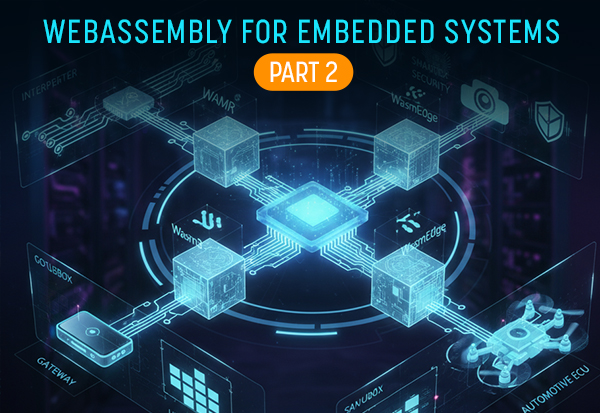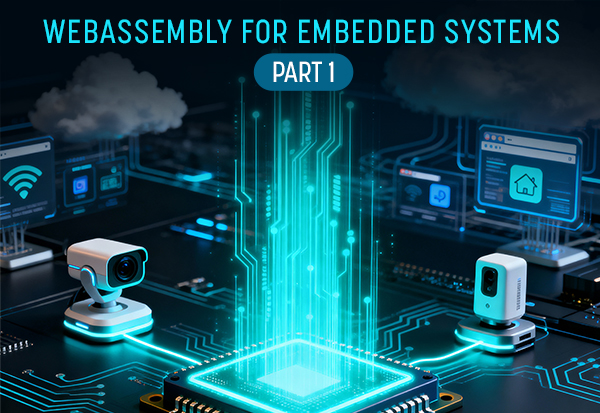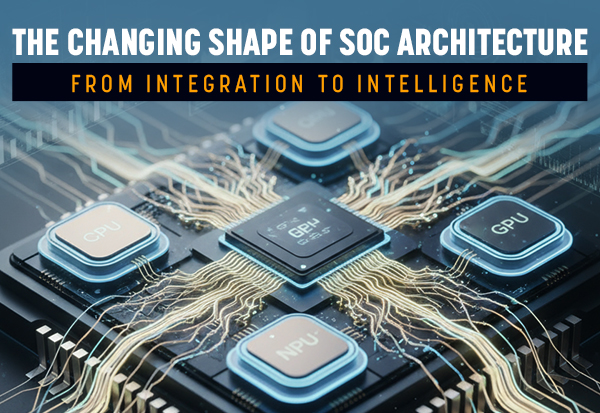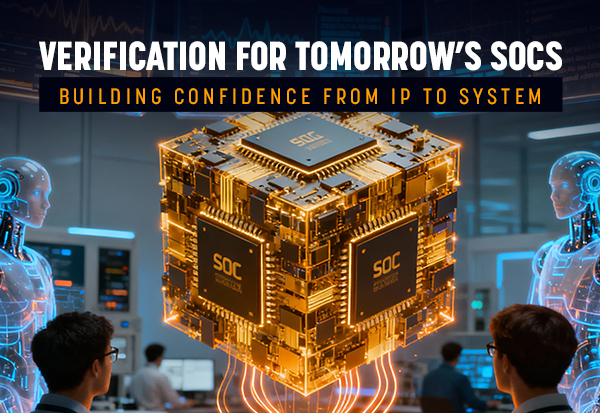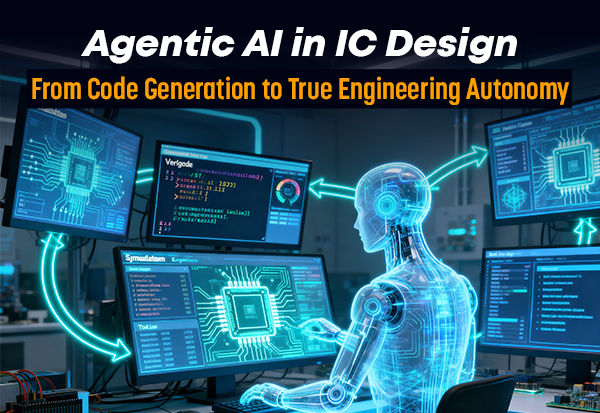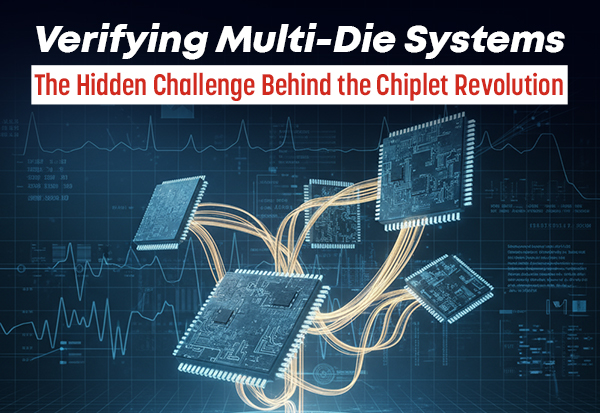WebAssembly for Embedded Systems (Part 3): Current Trends, Real-World Use Cases & the Future of Embedded Architectures
WebAssembly for Embedded Systems (Part 3): Current Trends, Real-World Use Cases & the Future of Embedded Architectures In the first two parts, we covered the fundamentals and the technical machinery behind WebAssembly. In this final part, we explore the latest industry trends, emerging research, and where WebAssembly is headed in the embedded domain – from […]



